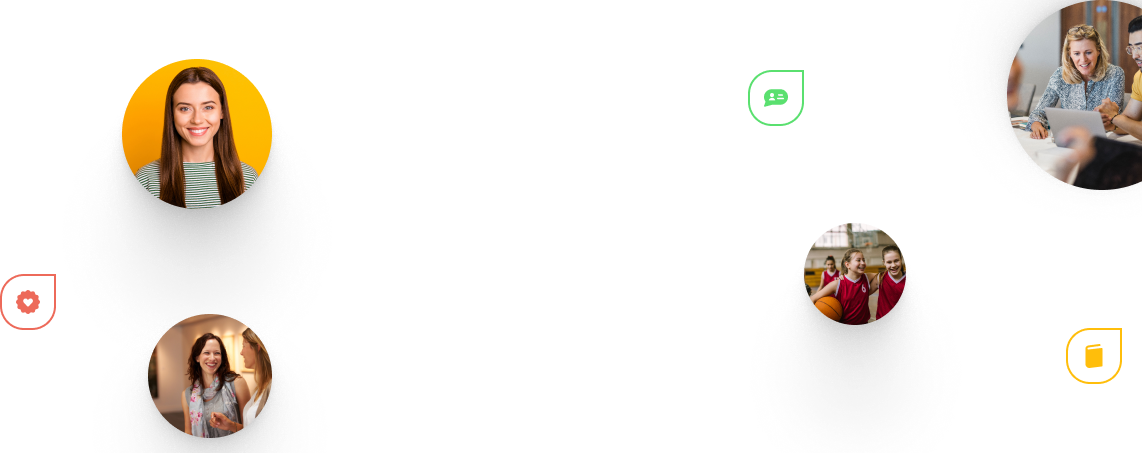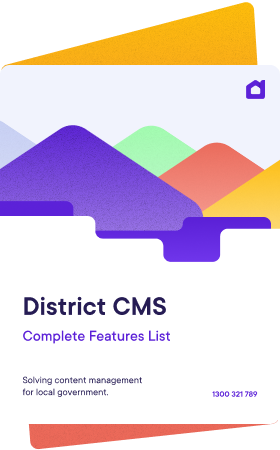Using inclusive and accessible content will ensure your engagement project has wide reach and resonates across the community.
Here's what to keep in mind when designing a community engagement project.
Understand your community
Begin with a thorough understanding of the community you’re engaging. Conduct research to identify the various demographics, including age, language, ability, gender, and cultural backgrounds. Use surveys, interviews, and data analysis tools to gather insights. The more you know about your audience, the better equipped you’ll be to tailor your engagement strategies effectively.
Language and communication
Language is a significant barrier to engagement. Offer content in multiple languages that reflect the linguistic diversity of your community. Use clear, simple language and avoid jargon to make your communication accessible to everyone, including those with lower literacy levels or cognitive disabilities. Consider using visual aids, such as infographics and videos, to convey complex information more easily.
Digital accessibility
Ensure that your digital platforms comply with accessibility standards, such as the Web Content Accessibility Guidelines (WCAG). This includes providing text alternatives for non-text content, ensuring your website is navigable by keyboard, and using accessible colors and fonts. Our software includes built-in accessibility features to help you meet these standards effortlessly.
Diverse representation
Representation matters. Ensure that the images, testimonials, and case studies you use reflect the diversity of your community. Highlight stories and voices from different backgrounds to make everyone feel seen and included. This not only fosters a sense of belonging but also encourages broader participation.
Inclusive participation methods
Offer various ways for community members to engage with your project. While digital platforms are fantastic for reaching a wide audience, remember that not everyone has the same level of digital literacy or access to technology. Provide alternative methods for participation, such as in-person meetings, phone calls, and paper surveys. Hybrid approaches can bridge the gap between online and offline engagement.
Find out more about Hybrid Consultations here.
Addressing barriers to participation
Identify and address barriers that might prevent people from participating. This could include physical barriers, such as inaccessible meeting locations, or social barriers, like a lack of trust in the engagement process. Actively work to remove these obstacles by providing necessary accommodations, such as sign language interpreters, transportation assistance, or childcare during meetings.
Feedback and continuous improvement
Create feedback loops to continuously improve your engagement efforts. Solicit feedback from your community regularly and make adjustments based on what you learn. Demonstrating that you listen to and act on feedback builds trust and encourages ongoing participation.
Training and support
Equip your team with the knowledge and skills needed to foster inclusivity and accessibility. Provide training on cultural competency, digital accessibility, and effective communication strategies. Use District Engage's resources and support features to enhance your team’s capabilities and confidence in managing diverse engagement projects.
The key to successful engagement is ensuring that every voice is heard and valued. By understanding your community, using accessible digital tools, and fostering an environment of representation and inclusivity, you can create impactful engagement projects that resonate with everyone.
With features that simplify the process of creating inclusive and accessible projects, District Engage can to help you build stronger, more connected communities.



